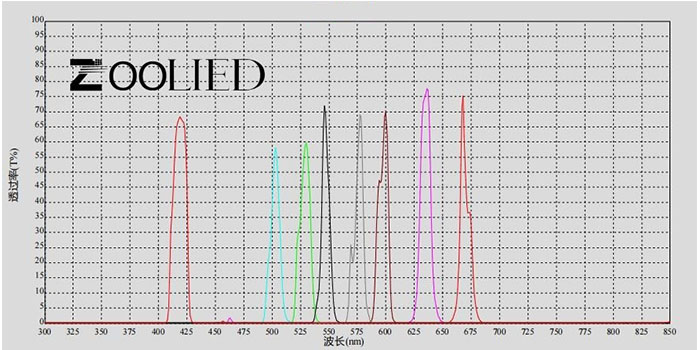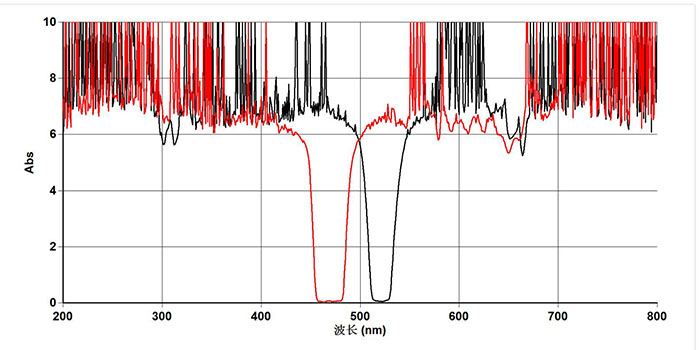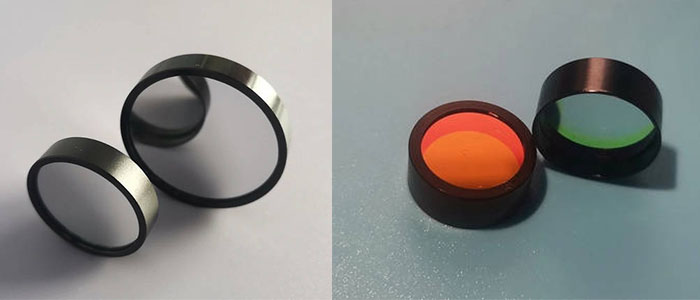Optical Longpass Filters : Characteristics and Applications
2025-9-5
An optical longpass (LP) filter is a critical optical component designed to transmit light above a specific wavelength while blocking light below it. This specific wavelength is known as the cut-on or cutoff wavelength, which is the filter's central performance parameter. Its operation is primarily based on the principle of optical interference. Modern longpass filters are typically manufactured using hard thin-film coating technology, which involves depositing dozens of alternating layers of dielectric materials with different refractive indices onto an optical substrate. By precisely controlling the thickness of these layers, light in the target spectral region is transmitted efficiently due to constructive interference, while light in the blocked region is reflected or attenuated through destructive interference, achieving spectral selection.
The performance of a longpass filter is defined by several key characteristics. The first is the edge steepness, which is the wavelength interval between the blocked region (often defined at 10% transmission) and the passband region (often defined at 80% transmission). A smaller interval indicates a steeper edge and superior selectivity. The second is the average transmission in the passband; high-performance filters can achieve transmission rates exceeding 95% in this region. Furthermore, blocking efficiency measures the filter's ability to suppress unwanted light in the stopband, usually expressed as Optical Density (OD). A high-quality filter can achieve an OD of 4-6, meaning it blocks 99.99% to 99.9999% of unwanted light.


In practical applications, optical longpass filters are indispensable. In fluorescence microscopy, they are employed as emission filters to efficiently collect weak fluorescent signals from a sample while completely blocking the intense excitation light, resulting in high-contrast images. In Raman spectroscopy, a longpass filter (often called a notch or edge filter) is crucial for rejecting the powerful Rayleigh-scattered laser light, which is very close in wavelength to the weaker Raman signal, allowing for accurate detection. Furthermore, longpass filters are widely used in various biomedical diagnostics, environmental monitoring, and industrial sorting systems for precise wavelength separation and signal detection.
Advancements in coating technology and design software continue to enhance the performance of longpass filters, yielding steeper edges, higher passband transmission, and improved environmental durability. These innovations persistently drive progress in high-end scientific instruments and precision optical systems, making longpass filters a vital tool for exploring the microscopic world and sensing our macroscopic environment.




